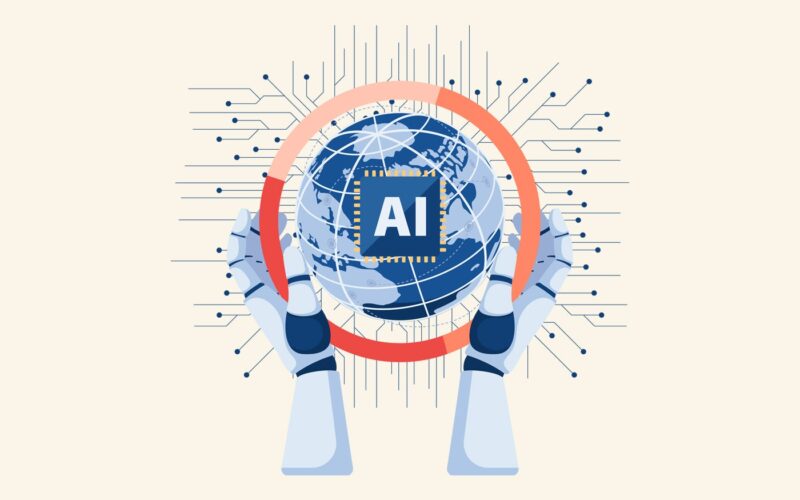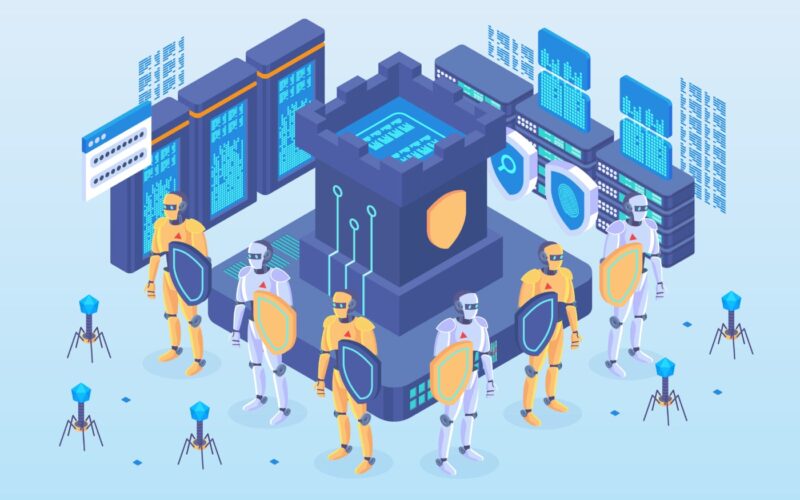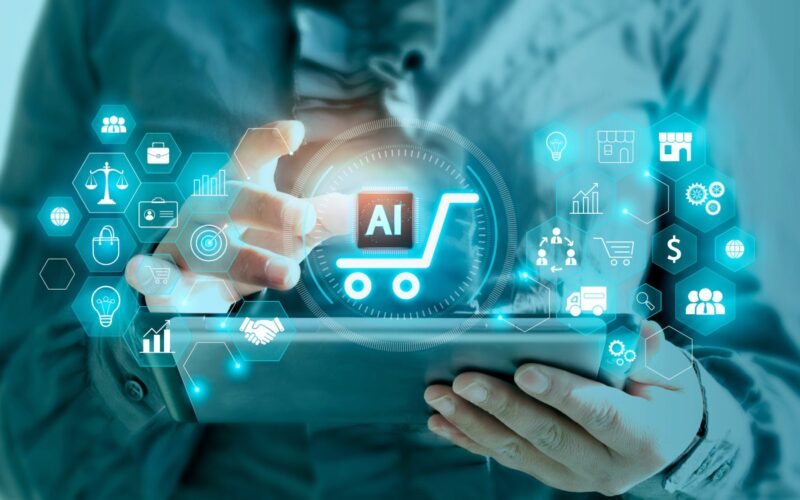19
Nov
Dell announced a suite of new products and services—many intended to address roadblocks to companies adopting generative AI and LLMs—at the International Conference for High Performance Computing, Networking, Storage, and Analysis, held from Nov. 17 to 22 in Atlanta. Varun Chhabra, senior vice president of Infrastructure and Telecom Product Marketing at Dell, said the most pressing issues preventing AI adoption are quality of data, cost, and energy, power demands, and sustainability concerns. “Enterprises are pursuing AI to remain competitive in today’s digital landscape, but they need to harness their proprietary data to differentiate,” Dave Vellante, chief analyst at theCUBE Research,…






